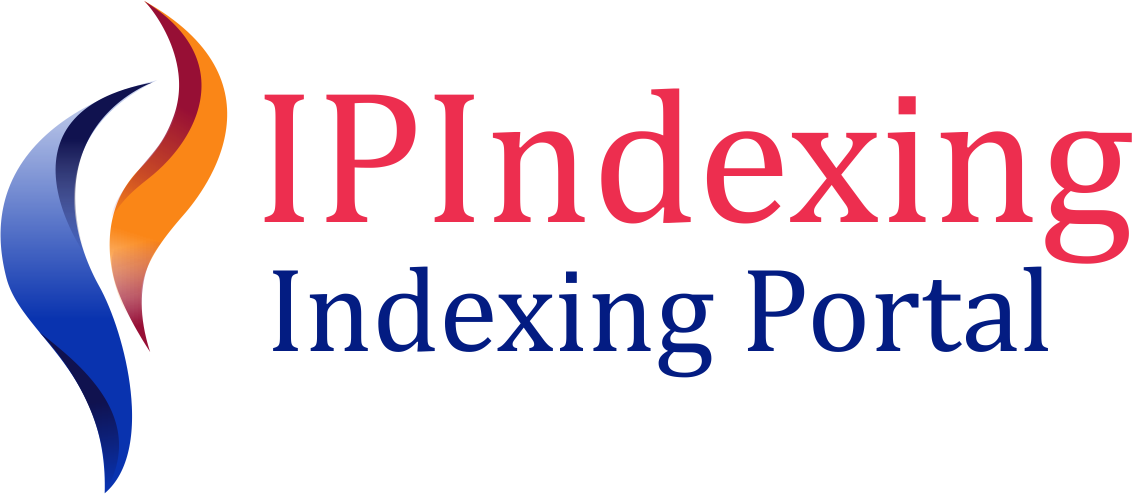Re-Analysis of Neutron Capture on 90,92Zr at s-Process Energies
DOI:
https://doi.org/10.71330/thenucleus.2025.1443Abstract
The Maxwellian-averaged cross sections (MACS) for the 90,92Zr(n,γ)91,93Zr processes were analyzed within the framework of the Hauser-Feshbach theory, making use of microscopic nuclear inputs. The effects of nuclear level densities and photon strength functions were studied for the mentioned isotopes. A comparison with the experimental data and KADoNiS was conducted at the s-process energies. Good agreement was achieved for both nuclear reactions under study. Finally, making use of the best-fit microscopic nuclear ingredients, we calculated the thermonuclear reaction rates, which show a reduction from the previously reported calculations.
References
E. M. Burbidge, G. R. Burbidge, W. A. Fowler, and F. Hoyle, "Synthesis of the elements in stars," Rev. Mod. Phys., vol. 29, no. 4, pp. 547, 1957.
S. Goriely and L. Siess, "The s-process Nucleosynthesis," Proc. Int. Astron. Union, vol. 1, no. S228, pp. 451–460, 2005.
M. Eroğlu, C. Yalçın, and R. T. Güray, "Investigation of the 121Sb (α, γ) 125I reaction cross-section calculations at astrophysical energies," Nucl. Sci. Tech., vol. 34, no. 11, pp. 168, 2023.
A. Kabir, Z. U. Abideen, J.-U. Nabi, and D. Khan, "Investigation of 90, 92Zr (n, γ) 91, 93Zr in the s-process nucleosynthesis," Z. Naturforsch. A, vol. 79, no. 5, pp. 489–496, 2024.
G. Tagliente et al., "Neutron capture cross section of Zr 90: Bottleneck in the s-process reaction flow," Phys. Rev. C, vol. 77, no. 3, pp. 035802, 2008.
G. Tagliente et al., "The Zr 92 (n, γ) reaction and its implications for stellar nucleosynthesis," Phys. Rev. C, vol. 81, no. 5, pp. 055801, 2010.
N. N. Le, S. Cristallo, D. Vescovi, L. T. Phuc, and N. Q. Hung, "Maxwellian-averaged cross section of 181Ta (n, γ) reaction and its astrophysical implications," Nucl. Phys. A, vol. 1023, pp. 122450, 2022.
S. Goriely, S. Hilaire, and A. J. Koning, "Improved predictions of nuclear reaction rates with the TALYS reaction code for astrophysical applications," Astron. Astrophys., vol. 487, no. 2, pp. 767–774, 2008.
W. Hauser and H. Feshbach, "The inelastic scattering of neutrons," Phys. Rev., vol. 87, no. 2, pp. 366, 1952.
A. J. Koning, S. Hilaire, and M. C. Duijvestijn, "TALYS: Comprehensive nuclear reaction modeling," in AIP Conf. Proc., vol. 769, no. 1, pp. 1154–1159, 2005.
A. Kabir, Z. U. Abideen, and J.-U. Nabi, "Re-investigation of Neutron Capture by 84 Kr and 86 Kr in the s-Process Nucleosynthesis," Braz. J. Phys., vol. 54, no. 3, pp. 80, 2024.
A. Kabir, M. Tahir, J. Nabi, Z. U. Abideen, and I. Mudassir, "Examination of Radiative capture Rates of 99Tc (n, γ) 100Tc and Stellar β-Decay Rates of 99Tc," Res. Astron. Astrophys., 2025.
E. Bauge, J. P. Delaroche, and M. Girod, "Semimicroscopic nucleon-nucleus spherical optical model for nuclei with A>~ 40 at energies up to 200 MeV," Phys. Rev. C, vol. 58, no. 2, pp. 1118, 1998.
A. Koning, S. Hilaire, and S. Goriely, "TALYS: modeling of nuclear reactions," Eur. Phys. J. A, vol. 59, no. 6, pp. 131, 2023.
H. Beer, F. Voss, and R. R. Winters, "On the calculation of Maxwellian-averaged capture cross sections," Astrophys. J. Suppl. Ser., vol. 80, no. 1, pp. 403–424, 1992.
A. Kabir, J.-U. Nabi, M. Tahir, A. Muneem, and Z. U. Abideen, "Re-analysis of temperature dependent neutron capture rates and stellar β-decay rates of 95-98Mo," Chin. Phys. C, vol. 48, no. 9, pp. 094101, 2024.
I. Dillmann et al., "The new KADoNiS v1.0 and its influence on the weak s-process nucleosynthesis," in PoS (NIC XIII Conf.), vol. 57, 2014.
M. S. Smith, "Nuclear data resources and initiatives for nuclear astrophysics," Front. Astron. Space Sci., vol. 10, pp. 1243615, 2023.
Downloads
Published
How to Cite
Issue
Section
License
Copyright (c) 2025 The Nucleus

This work is licensed under a Creative Commons Attribution 4.0 International License.
For all articles published in The Nucleus, copyright is retained by the authors. Articles are licensed under an open access licence [CC Attribution 4.0] meaning that anyone may download and read the paper for free. In addition, the article may be reused and quoted provided that the original published version is cited properly.



